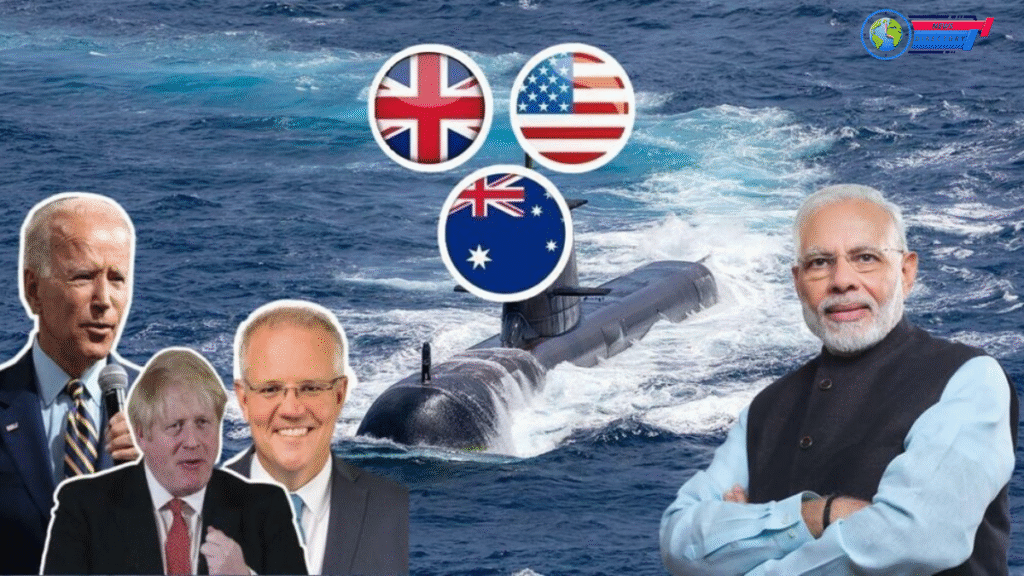
AUKUS Alliance in 2025: Strengthening Security and Innovation in the Indo-Pacific
In 2025, the AUKUS alliance — a strategic partnership between Australia, the United Kingdom, and the United States — is evolving into one of the most important defense and technology collaborations in the world.
Established in 2021, AUKUS was formed to improve military ties and promote security in the Indo-Pacific region, especially in response to growing tensions and geopolitical shifts. Now, four years later, the partnership is stronger than ever, expanding beyond submarines to include cybersecurity, artificial intelligence, and quantum technologies.
Focus on the Indo-Pacific
At the core of the AUKUS agreement is the shared interest in maintaining peace and stability in the Indo-Pacific. This region has seen increasing military activity in recent years, and the alliance is seen as a way to counter potential threats while promoting open trade routes and regional cooperation.
In a joint statement released this month, leaders from all three nations emphasized their commitment to a “free and open Indo-Pacific.” Australian Prime Minister Anthony Albanese said, “AUKUS is not just about defense. It’s about trust, innovation, and our shared future.”
Progress on Submarine Technology
One of the major components of AUKUS has been the development of nuclear-powered submarines for Australia. These submarines will give Australia long-range underwater capabilities, helping to monitor vast ocean territories more effectively.
The AUKUS submarine program, known as SSN-AUKUS, is now well underway. Construction has started in the UK and Australia, with support from U.S. defense contractors. The first submarines are expected to be operational by the early 2030s.
According to officials, the program is progressing on schedule, and training of Australian personnel is already taking place in U.S. naval facilities. This development reflects the deepening trust and integration among the three partners.
Expanding into Cybersecurity and Emerging Tech
Beyond submarines, AUKUS Pillar II is focused on sharing advanced technologies. These include cyber defense, hypersonic missiles, quantum computing, and AI-powered surveillance systems. The idea is to ensure that all three nations stay ahead of technological threats and are able to defend against cyber-attacks and misinformation.
Experts believe this move will create thousands of tech-related jobs and push innovation across the military and civilian sectors.
AUKUS members are also working with private tech firms and universities to research and build future technologies together. This approach is seen as a way to not only boost security but also spark long-term economic growth.
Global Reactions and Challenges
While many Western allies support AUKUS, the agreement has drawn criticism from countries like China and Russia, which see it as a threat to regional stability. Beijing, in particular, has accused the group of trying to contain its rise in the Asia-Pacific.
Despite these concerns, the AUKUS nations say the alliance is defensive in nature and meant to uphold international law. Analysts say the partnership could shift the balance of power in the region over the next decade.
Looking Ahead
The future of AUKUS looks promising, with all three countries reaffirming their commitment to long-term cooperation. As threats evolve, this alliance is positioning itself not just as a military pact but as a model of technological unity and mutual trust.
With expanded goals, deeper defense links, and a strong tech foundation, AUKUS is set to play a central role in shaping global security in the years ahead.
Thanks for finally talking about > AUKUSAlliance in 2025: Strengthening Security and Innovation in the Indo-Pacific < Liked it!